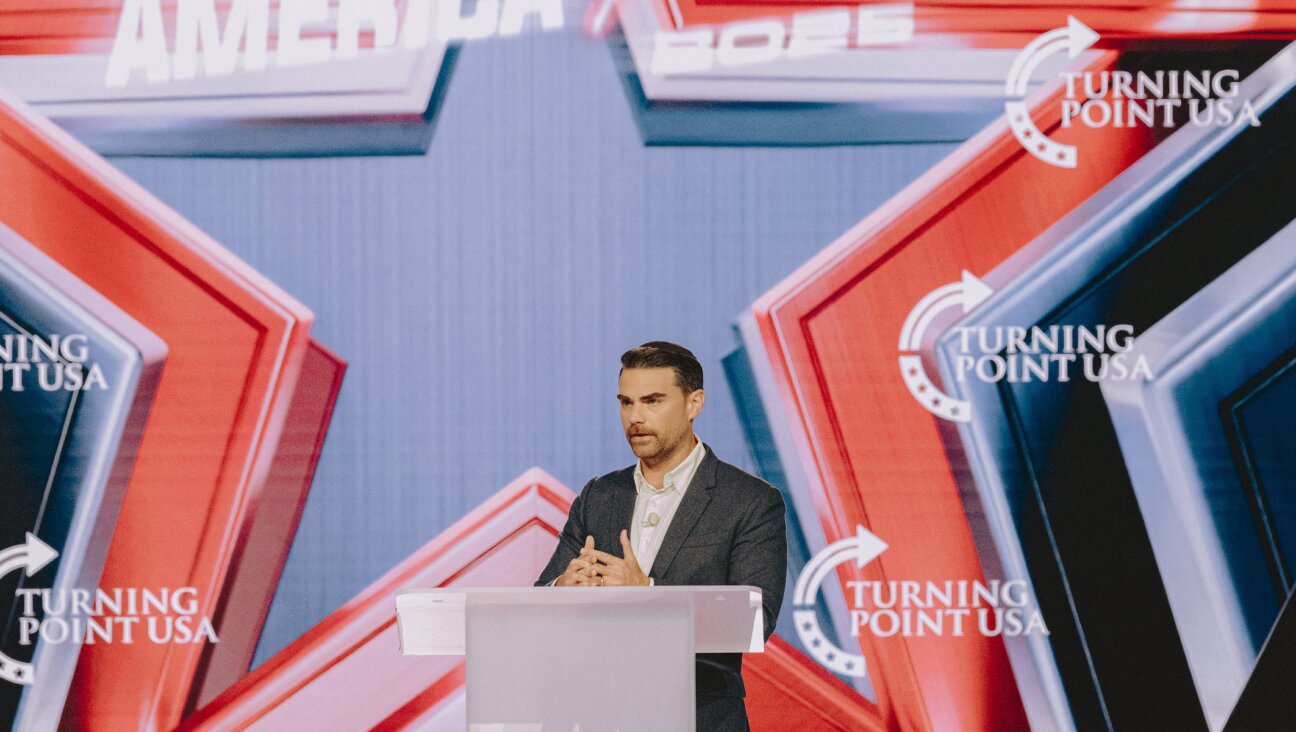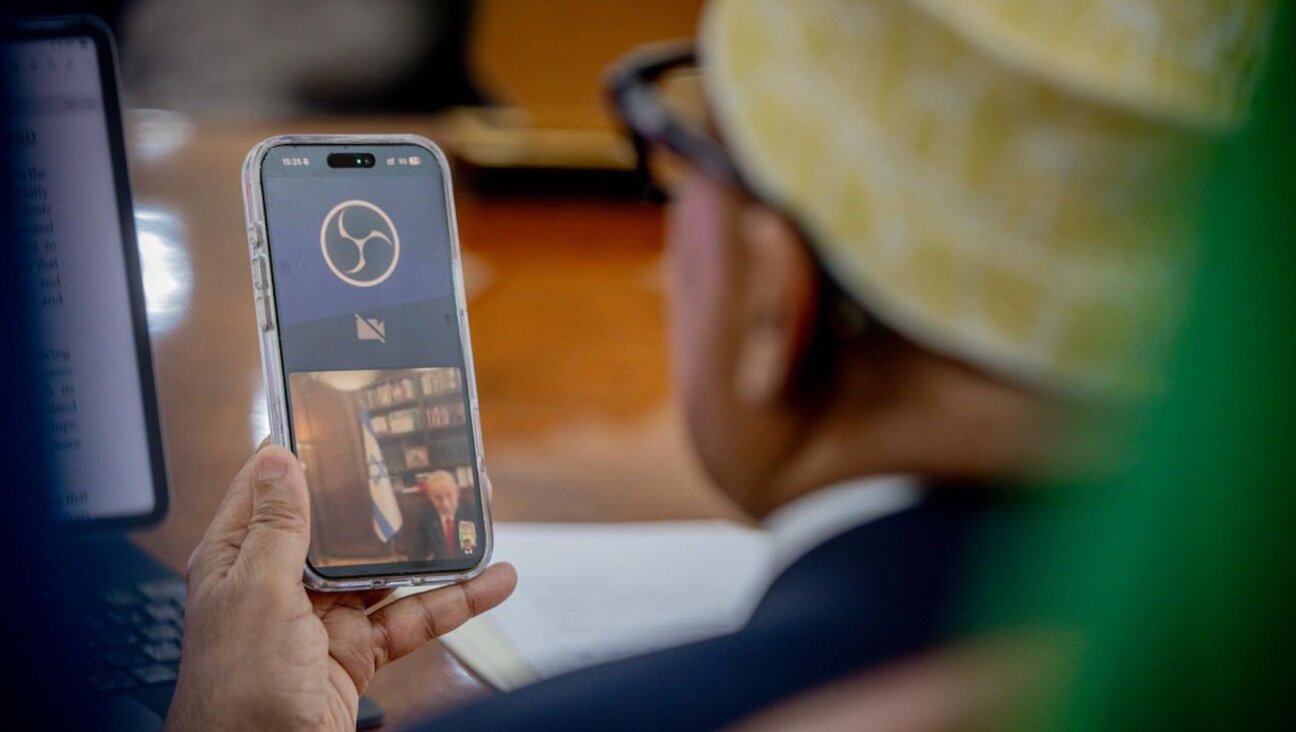I’m a Hillel director. My fiancé is a pastor. Here is how we are making it work.

Graphic by Angelie Zaslavsky
“It’s like when one person likes chocolate and one person likes vanilla, but they both hate bigotry,” I said, explaining to my father how his son— a Hillel director— was dating an ordained Christian minister.
Our faiths may be different, but our values are the same.
Jen and I first met in January 2020 — just three months before the start of the first COVID-19 quarantines in the United States. Our first date was a whirlwind of excited conversation around spirituality, ethics and how funny it was that we— professionals in our different religious traditions—were on a date together.
As the pandemic shut things down, we decided to “flatten the curve” with each other. During that time we celebrated Passover on Zoom with my family, Easter on Zoom with hers, ate brisket and casseroles, lit menorahs and an Advent wreath and yes, we even had a Christmas tree in our house.
She supported me in my fast on Yom Kippur and I supported her in her fast for Lent. At every step of the way we asked questions, included each other and shared where we found meaning, where we struggled and how we could celebrate each other as we lived out these separate religious lives, together.
So how do we do it? First, we are intensely curious. Without taking our religious knowledge for granted, we go into each experience with openness and the understanding that each moment of time we share observing our traditions is sacred space for ourselves and each other.
Second, we work to find compromises that make us both comfortable and never see each other as the challenge. For example, I never had a Christmas tree and the thought of having one in our house made me queasy. Jen explained that while having an Advent Wreath was more important to her, I agreed to try putting up a Christmas tree to see which traditions worked for our shared-home and which ones didn’t.
And after we put the tree up and added the ornaments, I asked, “So, what do we do with it?” Jen responded: “Well, you look at it.” To my surprise—and perhaps others’ horror—it was beautiful and I loved looking at it with her. We talked about the importance of light against the darkness and shared about how each of our faith traditions make us search for the light in the darkest places.
I know that many in the Jewish community say that intermarriage threatens the Jewish future. And as a Jewish professional, I’ve seen the blame for declining religious affiliation be passed from synagogues and day schools to Jewish people marrying outside the community.
But I want to offer an alternative story. What if intermarried families are not the problem? What if in intermarried families we find the solution to low rates of affiliation? What if we built bridges to the 58 percent of American Jews who do not have Jewish spouses, instead of barricades to keep them out?
We should build a broader, more diverse Jewish tent, built on human connection and the belief that all Jewish families belong, regardless of blood lines. I like the future where children can feel fully embraced by the Jewish community without feeling like they have hide half their family. Maybe it’s the Hillel director in me, but a bigger tent is a better tent.
I am confident in my Jewish identity. I love Jen and I love her commitment to her faith, not despite it. My Judaism cares more about how we treat each other and how we live our lives, than the religious identity of our partners.
Sam Friedman is the director of Hillel at Stetson University in DeLand, Florida.














